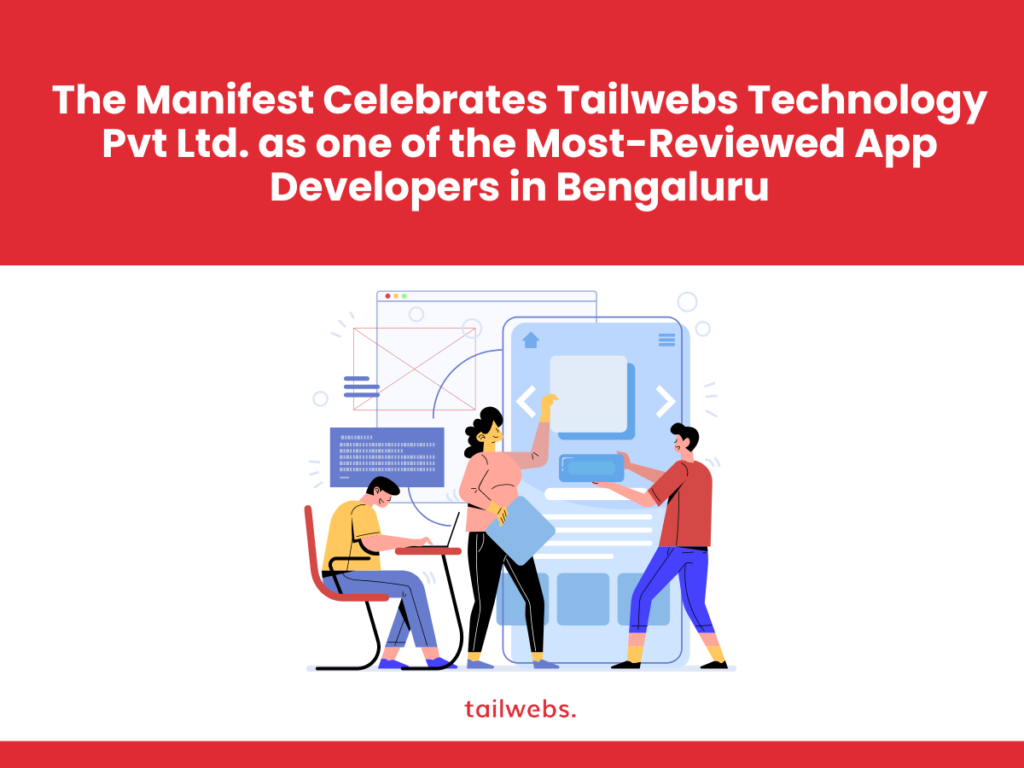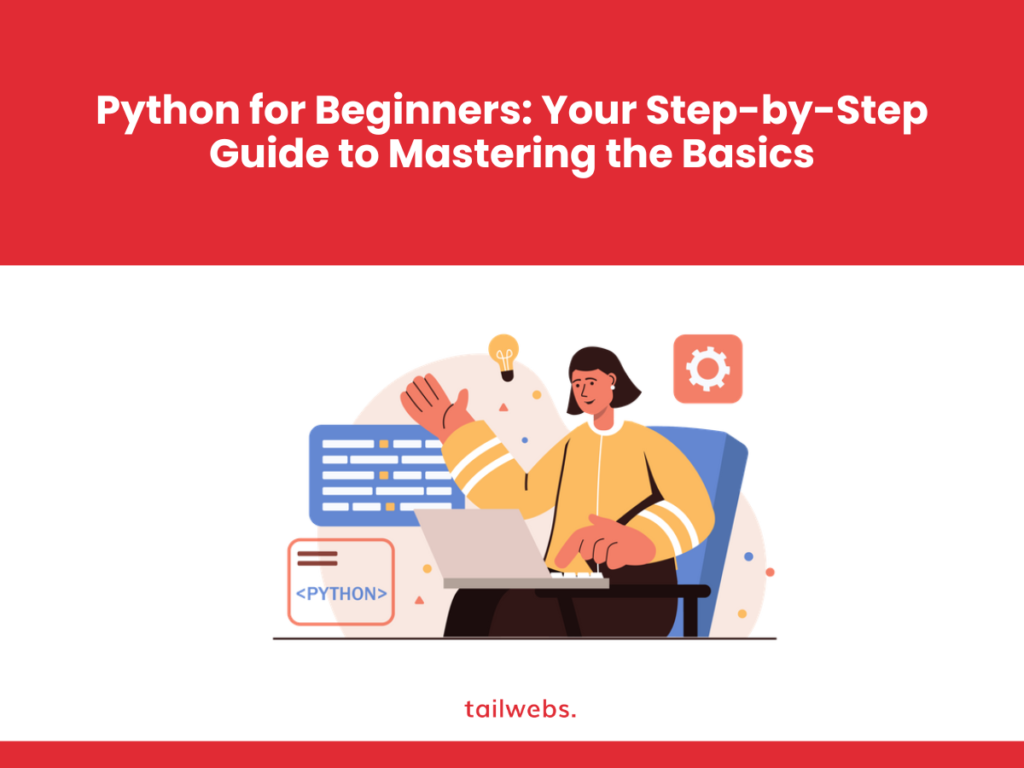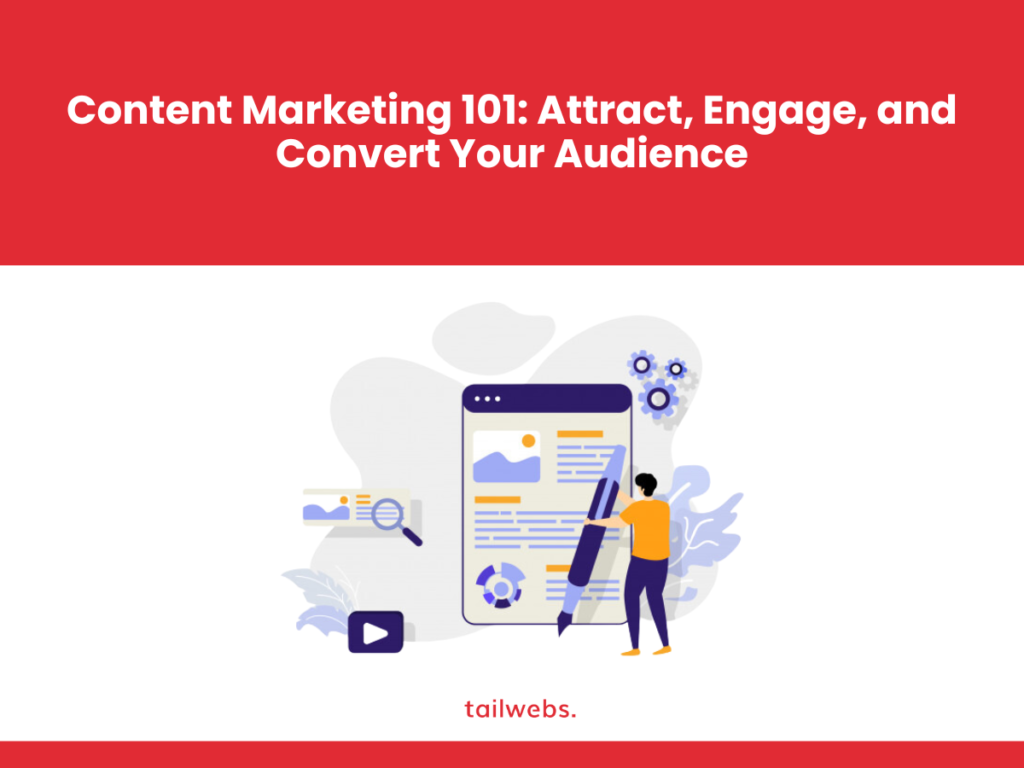As a business owner, you undoubtedly want to launch your product with all of its features completely functional and all issues that were raised throughout the market research process resolved. However, the unpleasant truth is that your product will never be perfect, no matter how much validation and research you put into it.
The greatest way to validate a product is to get it into the hands of your customers and watch them use it. This is a more effective form of product introduction. Then, based on the input you want and obtain, make frequent, incremental modifications. (Note that an iteration is a subsequent version of a product.)
What is MVP?
A minimum viable product is one approach for a startup to get feedback (MVP). The MVP strategy is predicated on the idea that early adopters will use the fewest possible features to get enough value for their money. Then you can gather input to help you create a better product that will appeal to potential customers.
The MVP strategy does not eliminate the necessity for market research, just like other techniques for gathering client feedback, including win-loss analysis, beta programmes, and focus groups.
You must be aware of the issues that your market requires solutions for. The MVP method, however, suggests that you don’t have to solve every issue at once. The most significant and fundamental issues should be resolved before gathering comments. The goal is to increase learning while reducing development costs.
The word “minimum” may evoke the idea that functionality is limited and of little worth. However, this is untrue.
According to the minimal viable product strategy, product requirements are prioritized such that only those that are necessary to solve market challenges are included.
Because of the frequent iterations, you can only handle a limited number of product needs with each product release, so this approach necessitates more stringent prioritization than usual.
Most start-ups are tempted to make their product available as soon as possible. Nevertheless, this is only useful if you can get positive feedback from early adopters who share your goal and see past the (now) restricted capabilities. Beware that certain clients without this vision can cause you to build in circles.
What makes an MVP?
The following rules form the foundation of the MVP strategy:
- Create the bare minimum of functionality that will allow you to get input from visionary early adopters.
- Only construct what is necessary.
- As you learn more about your market and solution, release product iterations—improvements to the product—quickly and affordably.
Implementing MVPs
Use the MVP strategy by doing the following:
- Review your product’s top priorities and determine the bare minimum of functionality you can provide. Even though it can take six months to construct, you still need to deliver value to your customers.
- Build the answer. Build your solution and launch it regardless of whether you employ the Waterfall or Agile methodologies for product development.
- Verify your proposed solution. To learn how your solution works for clients and how to make it better, use beta programs, win-loss analysis, focus groups, and market interviews. Pay attention to your early adopter clientele.
- Restart the procedure after reviewing your product criteria once more. Depending on what you decide to be the minimal viable product delivered, this cycle may be short or long.
The Iteration Process
The need for identifying market issues or ranking requirements is not diminished by the MVP technique. Fewer product requirements must be met, manufactured, and released all at once (smaller feature sets).
Real-world validation is the most beneficial type of product validation. Customers will be able to offer the best feedback if they regularly utilise the product. Customers who can look beyond the features that are already available will be the most valuable to you.
If you use the MVP approach to product development, you must commit to iterations; otherwise, features may never be finished (that is, have all of the functionality you originally outlined in your full requirements). Be ready for your team to make several improvements to a certain feature as they gather market data and learn more about the product.
MVP strategy for product development has the following benefits:
- It enables you to cut down on development expenses while maximizing your learning budget.
- It enables you to swiftly release iterations (i.e., versions) and learn from your errors.
- It cultivates product evangelists, also referred to as “consumer fans,” in the marketplace.
MVP strategy’s limitations
- The MVP strategy has several drawbacks and cannot be applied in every circumstance.
- It takes a lot of effort to gather client feedback as part of the MVP strategy.
- It needs a lot of commitment to make tiny, frequent product launches.
- Based on ongoing user feedback, the functionality can end up being revised several times.
Final Verdict:
The MVPs are the most effective targets for a single individual. Are you able to pinpoint exactly who your target market for the product is? What kind of customer are you?
Imagine your ideal consumer as just one person, and then create the MVP to address that individual’s demands. Building for a wide range of audiences defeats the objective of a minimal viable product.
If you haven’t identified your target market or niche, you risk spending a lot of money on marketing without seeing any results or useful customer feedback.





